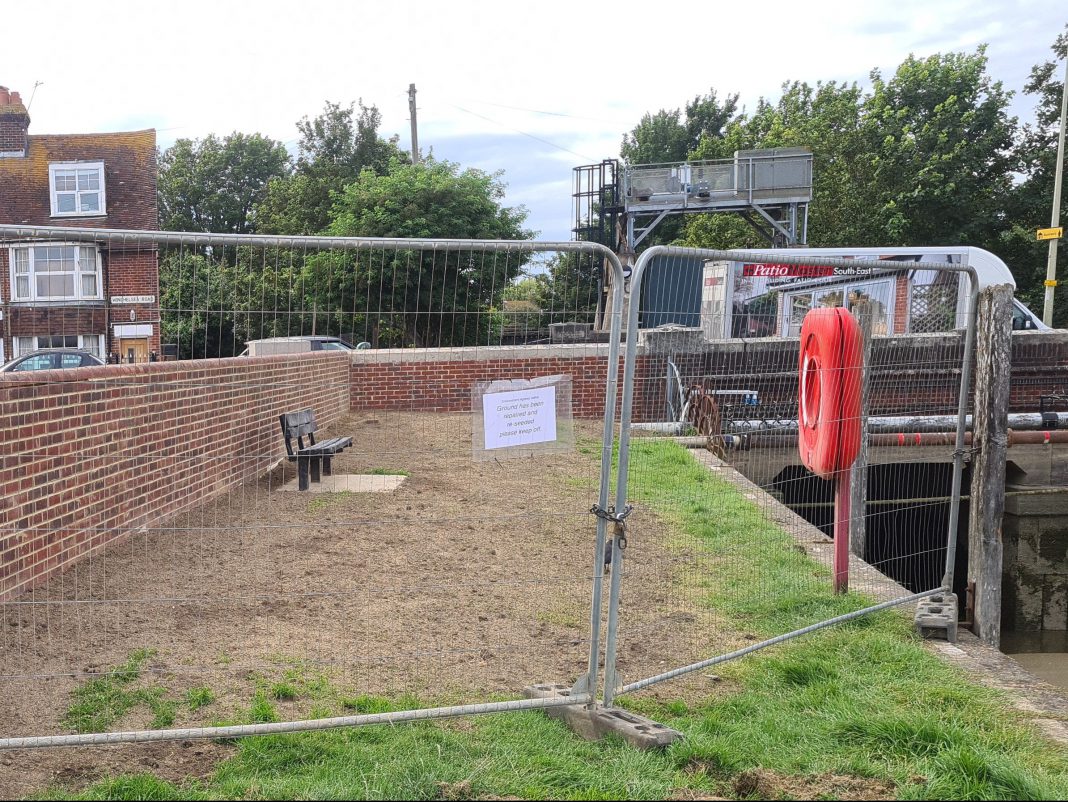There have been earlier reports on the COP 26 climate change conference coming up at the end of the year in Glasgow. As we approach COP 26 it is predictable that the government will unveil new policies intended to halt and deal with climate change.
Commenting on the recent extreme rainfall events in UK and on the continent, the UK’s government lead, Alok Sharma said last week that the widespread and torrential rain “on our own doorstep” should act as “a sober reminder” that action was needed. Almost a month’s worth of rain fell in 24 hours causing floods and damage on the Belgian-German border and less serious but nevertheless alarming floods in Kent and parts of Sussex. In addition to policies to reduce emissions, there will be others to mitigate climate change impacts. Two such policies have just been announced by the government:
- some £860million has been allocated to bolster flood defences;
- developers would be banned from building on land at risk of flooding.
It is worth reflecting that as climate change means more frequent extreme weather events here, in other parts of the world others are facing life changing drought and subsequent migration of populations.
Flood defences
As a member of the Southern Regional Flood and Coastal Committee (SRFCC), we have just been working to allocate the £176.5m investment announced for the south east for 2021/22, as part of planning for some 1,000 national schemes. One such local scheme, designed to protect almost 2,000 homes on Romney Marsh, is the £40 million project at Lydd Ranges.
This will involve new groynes, rock walls and shingle banking along 3.2km of the beach between Camber and Dungeness. It will protect homes on the Marsh and the military firing ranges. When completed, work will move to the Eastern Rother Tidal Walls scheme where the tidal river defences will be raised to the same height of that on the western side, 5.8m AOD. These schemes are set to be in place for the next 25 years. Rye’s flood defences have been covered in earlier pieces.
In addition to these new and grand coastal schemes, there is plenty of other work under way across the region to exploit natural flood management in water catchment areas by planting and impeding water flows so that floodwater is delayed downstream. River defences are being considered and improved. The risks from high ground water, surface water, sewerage system overload, combined sewerage overflows and coastal erosion are also in the work programme. We are also looking at sea level rise and the possible impact of tidal surge and coastal erosion. We have seen on the recent news significant incidents of cliff fall along the Sussex coast. The legacy of eroded coastal cliffs, now well inland from the sea, was covered in an earlier piece.
Planning Policies
The environment secretary has just indicated that he will crack down on developers who plan to build on land undefended from flood risk. The detailed policies for handling this have yet to become clear, but it is claimed that 866 homes were awarded planning permission in 2019-20, despite flood risk warnings from the Environment Agency. It should be said that in Rye, development is governed by the Rye Neighbourhood Plan, that is supported by a strategic flood risk assessment agreed by experts including the Environment Agency.
The areas close to the water around Rye are defended by flood defences which are subject to regular inspection and maintenance. Recent work on the Strand has been subject to earlier reports.
The Environment Agency is developing more refined water surface maps which will be provided to better inform millions of people across the country of the risks of flooding in their area. The government says by the end of its current flood defence plan in 2027, more than 336,000 homes will be better protected and reduce flood risk in the UK by 11%.
The chairman of the Environment Agency said last week: “We have seen some devastating flooding around the world so far this (2021) summer. No one can prevent all flooding and climate change means the risk is increasing. However we can reduce the risks. More flood defences will be built to better protect communities and make resilient places where, when flooding does happen, which it will, we can be safer and we can get back to normal quicker.”
Image Credits: Anthony Kimber .



